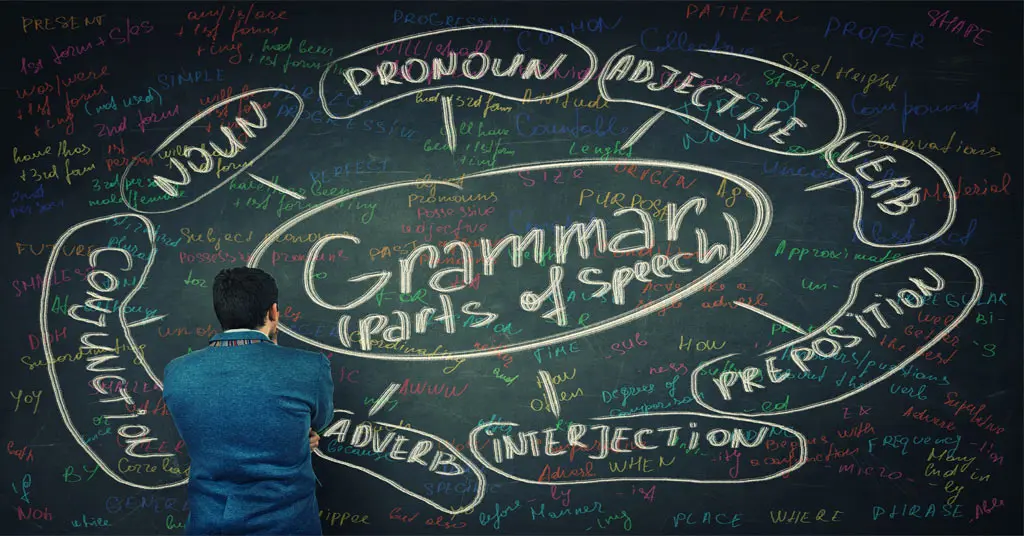Inference questions in the SAT® Reading section focus on your ability to take what you have read in a passage, paragraph, or line and draw conclusions. The answers to inference questions will not be found in the text, so to be successful, you must understand what the text suggests.
You should be able to fill in missing information accurately, assess the meaning of a phrase or word, and speculate on the thoughts, feelings, or motivations an author or speaker would likely have.
Here is a breakdown of the three types of inference questions:
1. Fill in missing information
These questions will ask you to provide implications that can be made based on certain parts of the text or because of the opinions presented. These questions follow a format of reviewing a specific moment in the text, then making a logical deduction.
2. Assess what an author may think about something
These questions focus on the author’s internal motivations or feelings. These questions often discuss two paired passages. You may be asked to make inferences about how the author from one passage might respond to the author of the other passage.
3. Assess the meaning of descriptions, opinions, or phrases
These questions require you to look at what is suggested in the text and choose from very specific answer options about the meaning. Making inferences about the meaning of a phrase involves an assessment of the author’s intentions and suggestions.
Here are some successful strategies to try with inference questions:
Understand the question
It is very important that you read the question carefully, as inference questions can be wordy. Look at every piece of the question to understand what kind of inference to make. Some inference questions can appear ambiguous, but looking carefully at the question to understand what it is asking can narrow down which answer is relevant and accurate.
Eliminate answer choices
You can simplify your task of making accurate inferences by eliminating any answer choices that are irrelevant, contradictory, or insufficient for adding information, assessing the author’s perspective, or assessing the meaning of descriptions, phrases, or opinions. Your answer choice should be cohesive with the information and opinions provided in the passage.
Use context
While the answers to inference questions cannot be found directly in the text, you should know that the source of your speculations relies on knowing the context for each question. When a question asks you to infer the meaning behind a word or phrase, you must look at the context.
Some situations use words in unique ways, and the definition may vary based on the surrounding context. Some phrases also suggest different meanings based on their location in the text.
You will want to pay attention to the surrounding details to be most accurate in your inferences. This strategy is crucial, and you can think of it as sourcing evidence for your claims.
Answer independently
It can be super helpful to come up with the answer to a question on your own before reading the answer choices. This strategy can help avoid the confusion built by navigating other choices.
Remember that there is only one correct answer, and the other choices contain irrelevant or incorrect information. A lot of students stumble, making inferences because it’s easy to be influenced by the suggestions.
As you prepare for the Reading section of the SAT exam, you can implement these strategies and find the ones that work best for you. UWorld’s SAT Prep course has thousands of practice questions, detailed explanations, and performance tracking tools to help pinpoint your areas of improvement.




